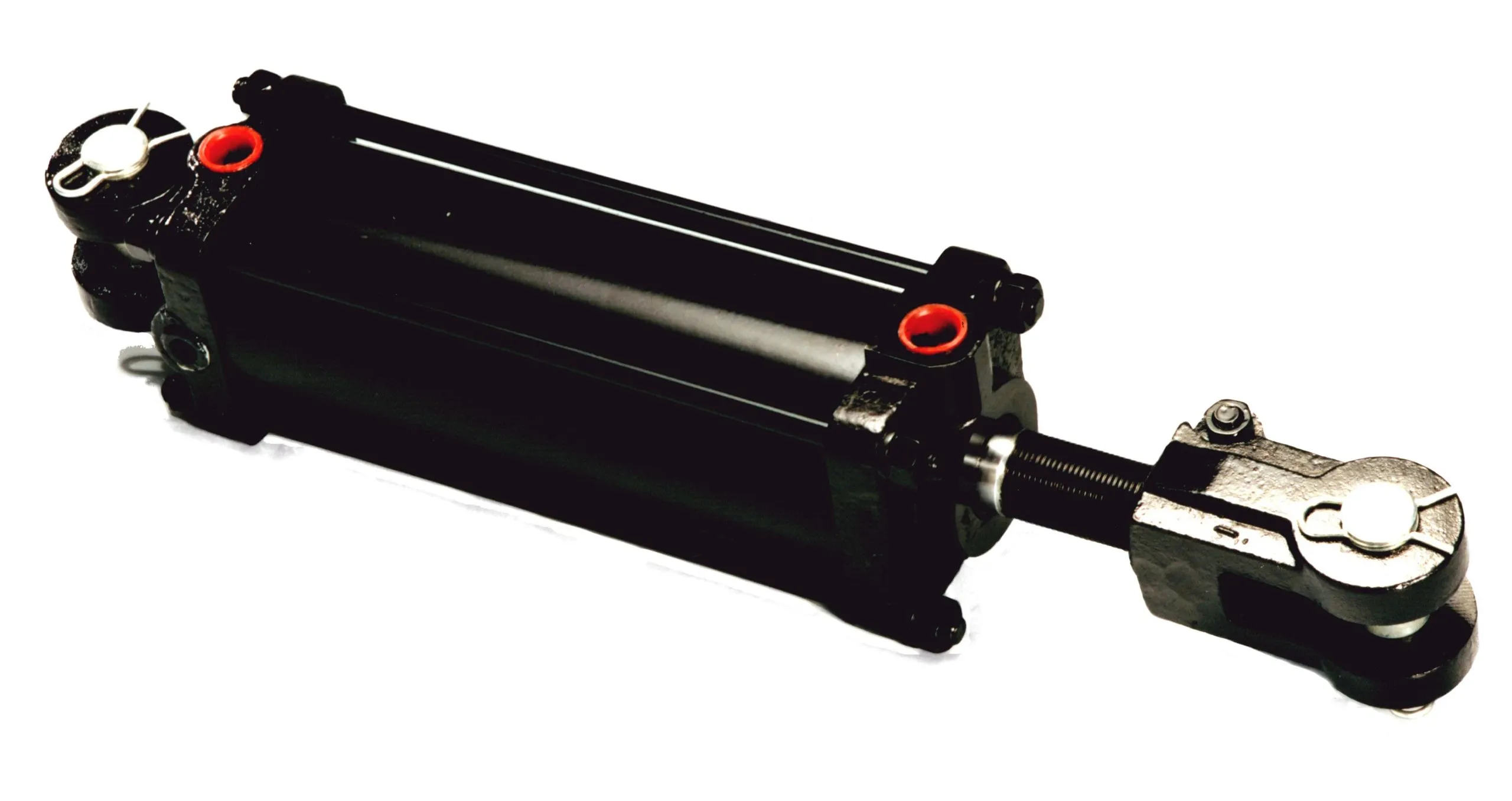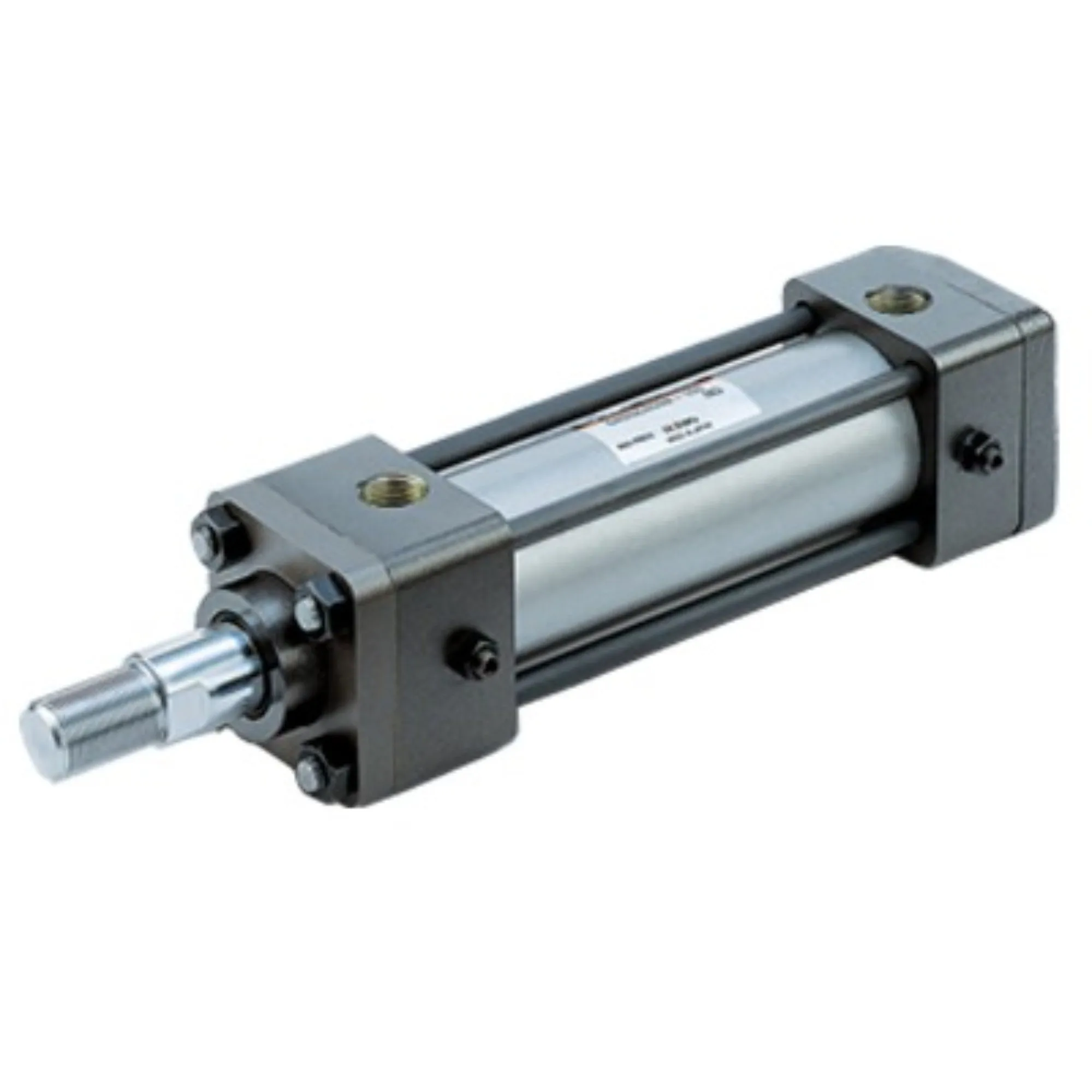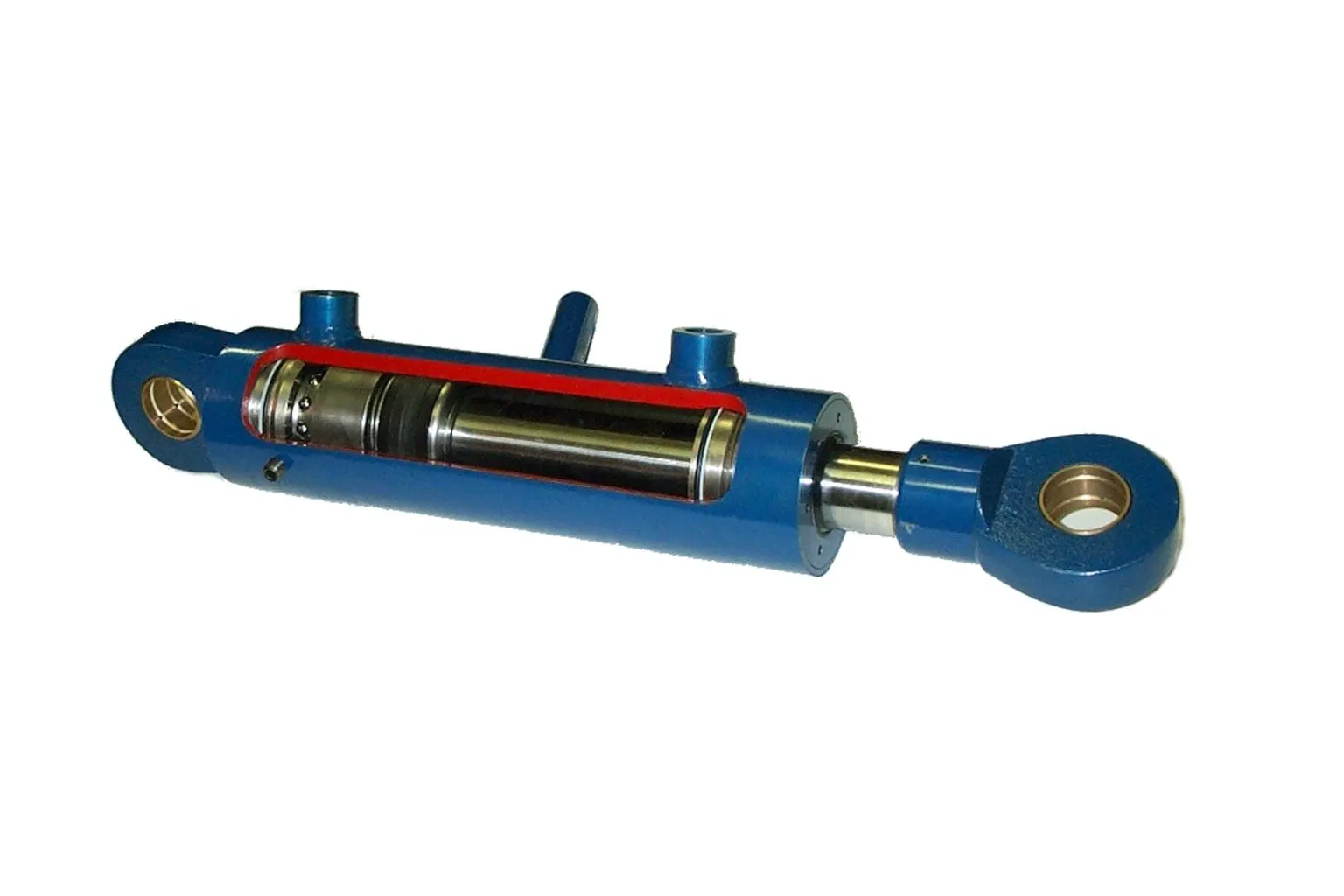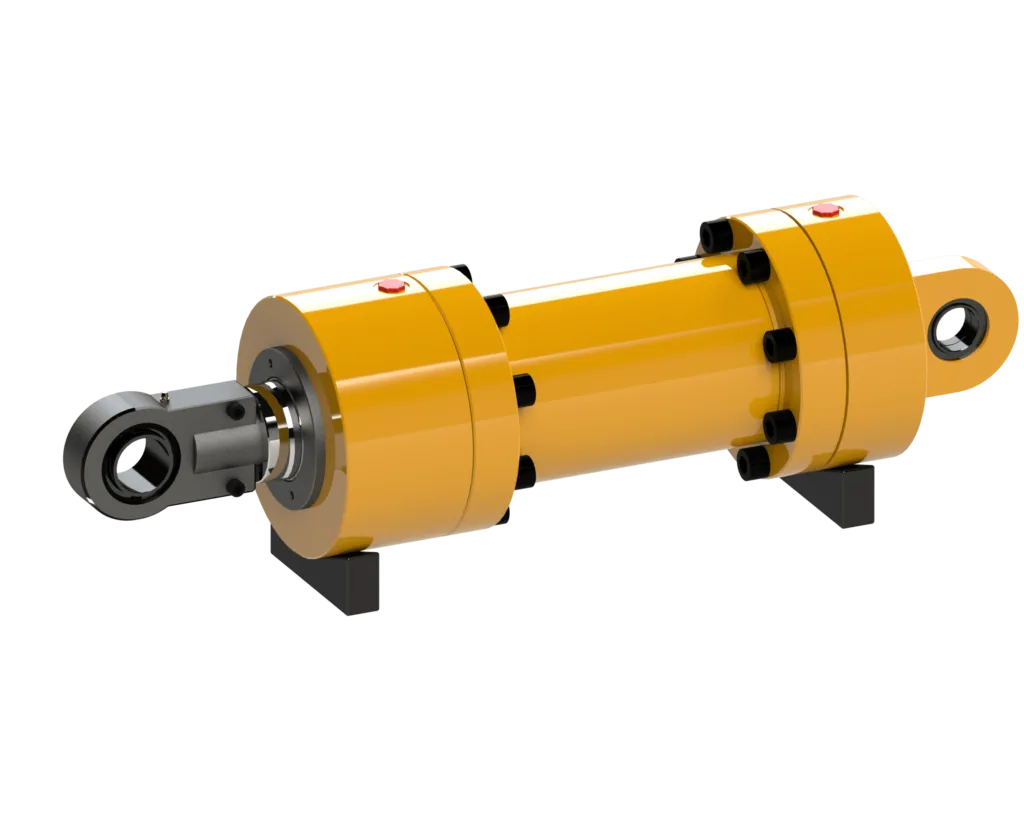Introduction
In the world of hydraulic systems, reversible welded hydraulic cylinders play a crucial role in providing efficient and reliable power transmission. These cylinders are designed to offer bidirectional movement, making them versatile components in various industries. In this article, we will explore the key features, design characteristics, working principles, applications, advantages, performance characteristics, and maintenance of reversible welded hydraulic cylinders.
Design Characteristics
Components and Materials
A reversible welded hydraulic cylinder consists of essential components such as a cylinder, piston, rod, and end cap. These components are typically made of high-quality materials like steel or stainless steel to ensure durability and strength.
Reversibility and Design
The design of reversible welded hydraulic cylinders allows for double action and two-way flow, enabling seamless operation in both directions. This design feature enhances the flexibility and functionality of the equipment where the cylinders are installed.
Working Principle
Reversible welded hydraulic cylinders operate based on the flow and pressure of hydraulic fluid. When fluid enters the cylinder, it causes the piston to extend or retract, generating the necessary force for mechanical movement. The ability to control extension and contraction is essential for precise and efficient operation.
Types and Configurations
There are three main types of reversible welded hydraulic cylinders available, each with specific configurations tailored to diverse applications. These cylinders are designed to meet the varying needs of industries such as construction, agriculture, manufacturing, mining, waste disposal, marine engineering, robotics, and automation.
Advantages
Reversibility

Reversible welded hydraulic cylinders offer the flexibility to operate in both directions without changing hydraulic connections, enhancing equipment versatility.
Durability
The welded design of these cylinders ensures durability and the ability to withstand high pressure and loads, making them suitable for demanding environments.
Simple Maintenance
With fewer moving parts and seals, reversible welded hydraulic cylinders require less frequent maintenance and repair, reducing downtime and operational costs.
Cost-Effectiveness
Compared to traditional hydraulic cylinders, reversible welded cylinders are more affordable to manufacture, providing cost-effective solutions for various applications.
Compact Design
The compact structure of reversible welded hydraulic cylinders makes them ideal for use in narrow spaces, maximizing efficiency in confined working environments.
Performance Characteristics
Reversible welded hydraulic cylinders are designed to handle a wide range of operating pressures, forces, stroke lengths, and hole sizes. Selecting the appropriate cylinder size and configuration is crucial for optimal performance and efficiency in hydraulic systems.
Applications
Reversible welded hydraulic cylinders are widely used in industries such as construction machinery, agricultural equipment, industrial manufacturing, mining, waste disposal, marine engineering, robotics, and automation. These cylinders play a vital role in improving equipment performance and productivity.
Design Considerations
Bearing Capacity
The bearing capacity of reversible welded hydraulic cylinders is critical for ensuring safe and efficient operation in various applications.
Sealing and Durability
Proper sealing and durability are essential for preventing leaks and maintaining the longevity of hydraulic cylinders. Seals made of wear-resistant materials and regular lubrication are key considerations.
Installation and Maintenance
Correct installation, regular inspection, proper lubrication, and preventive maintenance are essential for maximizing the performance and lifespan of reversible welded hydraulic cylinders. Following recommended maintenance procedures and safety measures is crucial.
Safety Considerations
Safety measures and environmental factors should be carefully considered when using reversible welded hydraulic cylinders to prevent accidents and ensure compliance with industry regulations. Proper training and maintenance practices are essential for safe operation.
Fault Diagnosis and Solutions
Common problems with reversible welded hydraulic cylinders may include leaks, seal damage, or operational issues. Proper diagnosis and troubleshooting can help identify and resolve these issues efficiently, minimizing downtime and maintenance costs.
FAQs
Q: What types of industries commonly use reversible welded hydraulic cylinders?
A: Industries such as construction, agriculture, manufacturing, mining, waste disposal, marine engineering, robotics, and automation utilize reversible welded hydraulic cylinders for various applications.
Q: What are the main components of a reversible welded hydraulic cylinder?
A: The main components include a cylinder, piston, rod, and end cap, typically made of steel or stainless steel for durability and strength.
Q: How do reversible welded hydraulic cylinders differ from single-acting cylinders?
A: Reversible welded cylinders offer bidirectional operation without changing hydraulic connections, providing enhanced flexibility and versatility in hydraulic systems.

Long Tail Keywords

Three long tail keywords for reversible welded hydraulic cylinders are “bidirectional hydraulic cylinder,” “welded hydraulic actuator,” and “reversible piston cylinder.” Each of these keywords represents specific features and functions of reversible welded hydraulic cylinders.
Our Company
As a leading hydraulic cylinder replacement manufacturer, our company offers a comprehensive product line tailored to meet the diverse needs of domestic and international markets. With a focus on professionalism, international certifications, customized services, state-of-the-art production equipment, and reliable after-sales support, we strive to deliver high-quality hydraulic solutions to our customers.

Author: lyl
